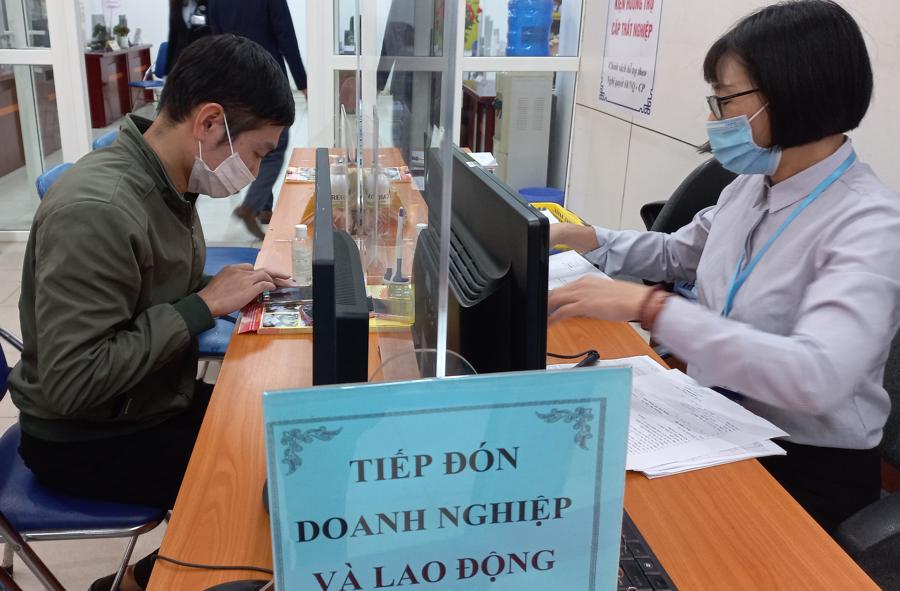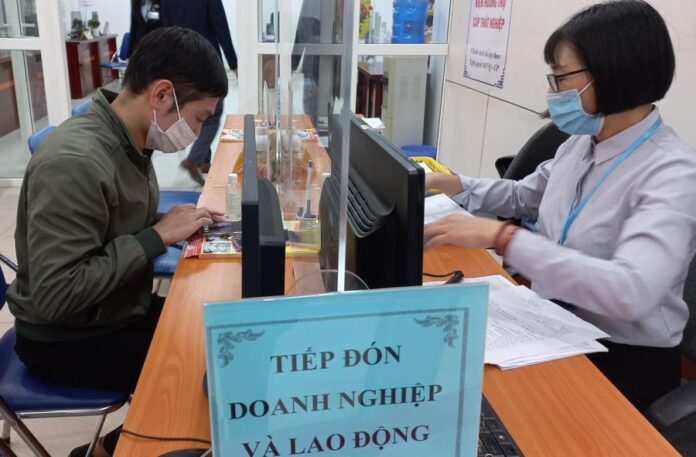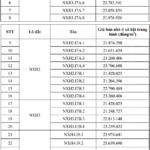The Ministry of Labour, Invalids and Social Affairs has received feedback from voters on long-term solutions and orientations to help address the limitations and shortcomings in recruiting skilled and trained workers.
Voters have pointed out the challenges faced in hiring labour, especially skilled and trained workers. They suggested that vocational training for workers should be linked to job placement and meet the demands and standards of enterprises in local industrial clusters.
COMPANIES SEEK TO RECRUIT 1.9 MILLION WORKERS IN 2024
On this issue, the Ministry of Labour, Invalids and Social Affairs shared that many companies have faced difficulties in recruiting labour, especially skilled workers with technical expertise and vocational training. The main reason is that the supply of trained labour has not been able to keep up with the market demand.
According to the Ministry, the number of enrolments in vocational education is limited. Statistics show that the number of students enrolled in intermediate and college-level vocational education ranges from 400,000 to 500,000 annually, compared to nearly 1 million high school graduates and about 1.2 million junior high school graduates each year.
The remaining students either go on to university (for high school graduates) or enter the job market without any training, while some continue their studies in high school (for junior high school graduates).
In 2024, companies across the country are looking to hire approximately 1.9 million workers, including 44% unskilled labour, 19% with a university degree or higher, and about 37% with intermediate or college-level qualifications (equivalent to about 700,000 people).
Compared to the supply of labour at this level of vocational education, there is a shortage of about 200,000 to 300,000 workers.
The Ministry of Labour, Invalids and Social Affairs also noted that companies are willing to recruit untrained labour and offer attractive policies, which has limited the enrolment in vocational education at different levels.
Additionally, the current smooth articulation between training levels has resulted in a decrease in the number of graduates entering the job market immediately after completing their studies.
As the state management agency in the field of vocational education, the Ministry of Labour, Invalids and Social Affairs will continue to direct the vocational education system and educational institutions to strengthen information dissemination, propaganda, and counselling for student enrolment in vocational education.
At the same time, they will enhance coordination with the education and training system and general education institutions to improve the work of career guidance and student orientation towards vocational education, aiming to increase the number of enrolments and improve the quantity and quality of graduates to meet the requirements of enterprises.
REFUNDING TUITION FEES IF EMPLOYMENT IS NOT PROVIDED AFTER TRAINING
According to the Ministry of Labour, Invalids and Social Affairs, based on monitoring, reports from localities, vocational education institutions, and feedback from enterprises, graduates from different levels of vocational education have basically met the requirements of enterprises. More than 80% of students who complete their studies in vocational education find employment immediately.

The Ministry also emphasized that vocational training linked to job placement and meeting the needs of enterprises is a consistent policy direction.
Since 2018, the Ministry has established a task force to link vocational education with the labour market and sustainable employment. This task force develops and directs the implementation of annual coordination plans, strengthening the connection between the training activities of vocational education institutions and the labour utilization of enterprises.
Enterprises are encouraged to participate in the training activities of vocational education institutions so that students can interact with enterprises during their studies. This provides an opportunity for students to find suitable jobs, and for enterprises to recruit workers that meet their needs.
With the policy of considering enterprises as the second training environment outside the school, many vocational education institutions have applied the “dual” training model, combining school and enterprise. Students can go to enterprises for practice and internships and even sign work contracts before graduating.
The Ministry of Labour, Invalids and Social Affairs has also directed and encouraged vocational education institutions to commit to providing job placement for their graduates and refunding tuition fees if they cannot arrange employment in the trained profession.
The rights, benefits, and obligations of enterprises participating in vocational education activities are clearly defined in the Law on Vocational Education and related tax laws, attracting enterprises to engage in the training process of vocational education institutions and employ trained workers.
Despite offering competitive salaries, businesses still struggle to hire high-skilled workers
According to experts, there is still a shortage of highly skilled workers despite the attractive salaries they are offered, which makes this segment of the workforce increasingly in demand…
Top Industries Hiring More Workers After Tet
The business sector is actively engaging in labor recruitment right from the start of the year. In the first quarter, certain industries are forecasted to see an increase in job opportunities, such as food processing, electrical equipment manufacturing, according to the analysis from the Ministry of Labor – Invalids and Social Affairs…









































